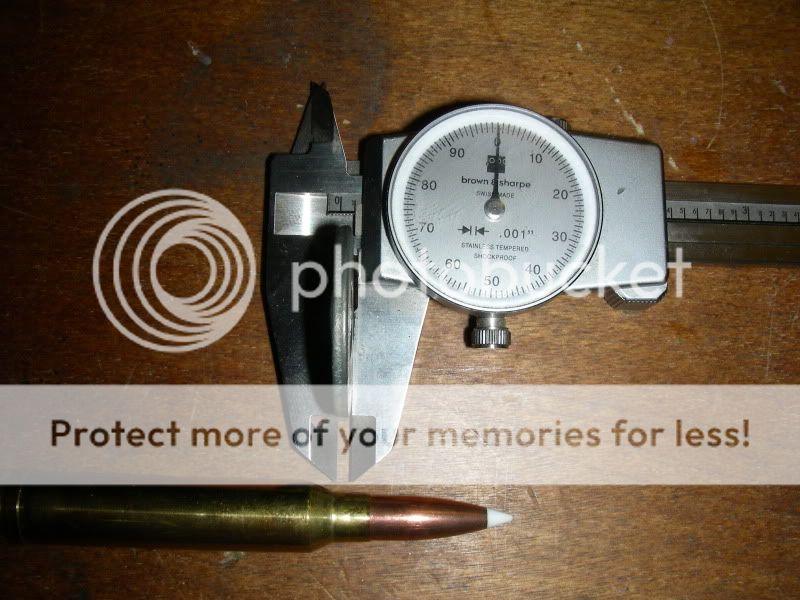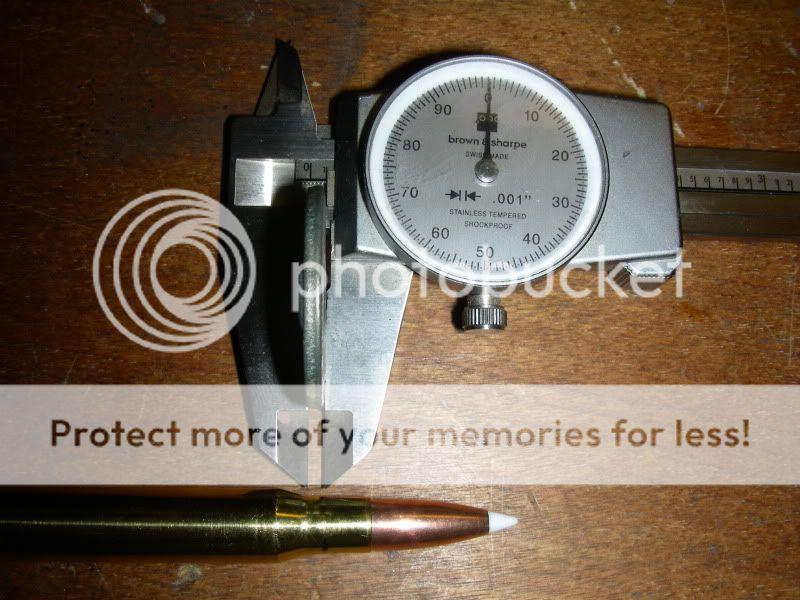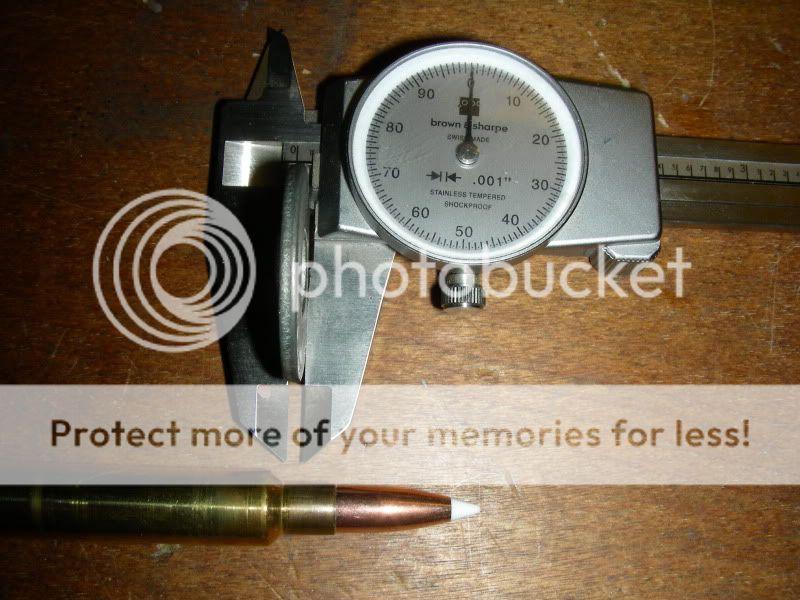Hey tlk, I had to go back and reread all my old posts to see if I still agreed with myself!

Your question is an interesting one (to a certified case prep nut) and is making my head hurt with thinking about all the minute variable that would have an effect.
1. case body size and how much play there is around the case body when chambered
2. if the ejector button is exerting force to push the case body to one side or just in a straighforward direction
3. if your action is square with the chamber
4. if there is runout on the neck that would make the neck closer to one side than the other even if the case body is centered
5. if there is runout on the bullet that would make all this immaterial
6. the length of the neck and the bearing surface of the bullet
7. if you have a do-nut, even if undetectable by conventional methods
8. the consistancy of your neck brass thickness
I would think that you would want enough of the neck left fire formed size to actually keep the case neck of the load centered. IOW if there was only a small part of the neck left fire formed then the competing forces of the bolt face or case body if they were pushing the case to the side would negate the centering ability. But you do want enough of the bullet left in contact with the neck to stabilize bullet grip.
But, if you turned your brass to within .0005" variation, sized your case body so it would not contact the chamber, left the shoulder so it would have very slight contact, did not have any runout on the sized portion of the neck, used a very good bullet and used a very good competition seating die, then I would think that you need to look at the caliber and neck length.
In this pic the caliber is 300 win mag and the neck is only .264" at best and the washer is .100"
that is a significant percentage of the neck. The chamber neck is ~.341", the loaded OD is .336" so the dimensional difference is ~.005".
But in this pic the caliber is 30-06 and the neck is .389"
and there is plenty of neck to work with. Perhaps a double washer would be possible. The chamber neck on this factory rifle is ~.3405", the loaded OD is .3320" so the dimensional difference is .0085".
In this pic the caliber is a tight necked 280AI
there is plenty of neck to work with but I set it up so there is .002" to .003" neck clearance so the portion of neck left fire-formed size is all but undetectable.
To me the best use of leaving part of the neck fire formed size would be in factory chambers with a lot of clearance around the neck. Those would be the ones that would be the furthest from centered if the case neck were tight to one side of the chamber neck.
So the length of the bullet bearing surface left exposed is of little consequence as long as runout is kept in check.



